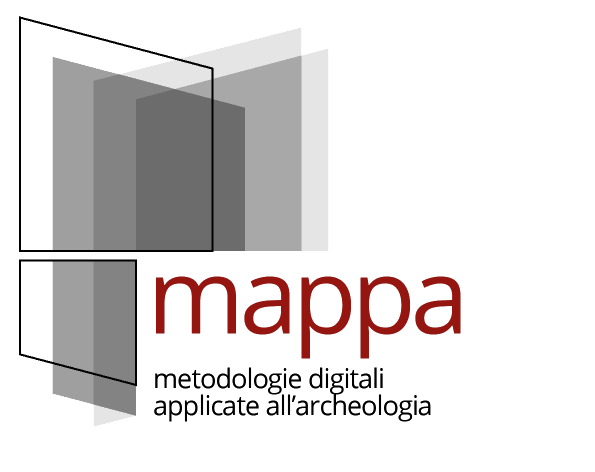Scientific committee
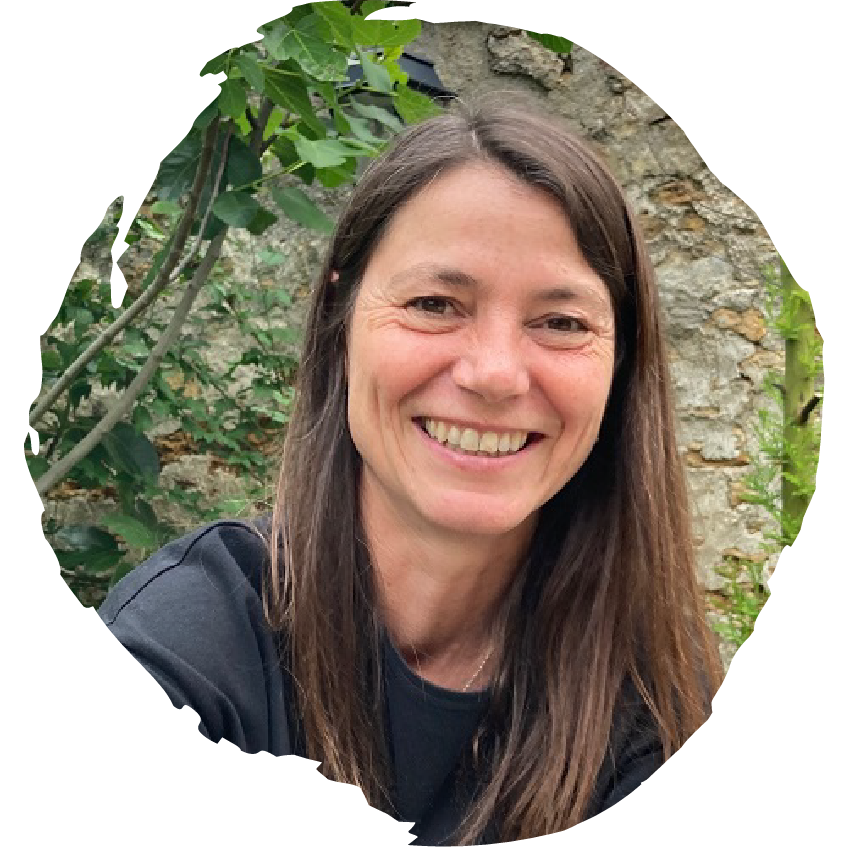
Marie-Laure Derat
Marie-Laure Derat is a historian and director of research at the CNRS, specializing in medieval Ethiopia. Since 2009 (with Claire Bosc-Tiessé until 2018), she has directed the historical and archaeological mission at Lalibela. The study of this complex of rock churches is progressing thanks to multidisciplinary approaches combining geomorphology, stone-cutting analysis, archaeology, art history, architecture and history. Since 2020, she and Marie Bridonneau have been co-directing the Sustainable Lalibela project, funded by the Agence française pour le développement, which aims to conserve and enhance Lalibela through research-based training and practical workshops.
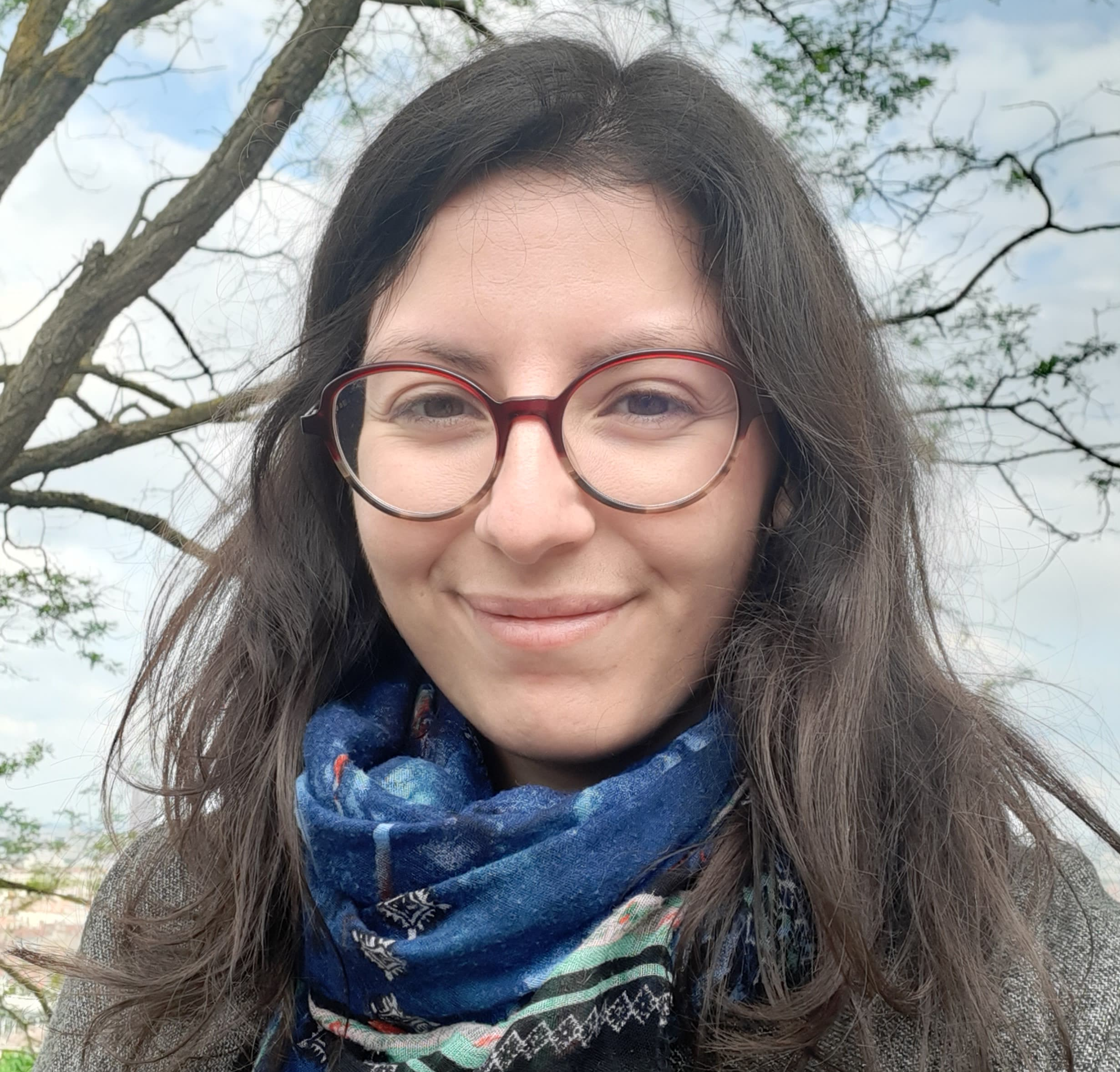
Marie-Élise Porqueddu
Marie-Élise Porqueddu is a PhD in Prehistory whose research focuses on the know-how and techniques involved in processing rocks and the underground world. With a particular interest in rock-cut tombs, architectures carved by human populations from the Neolithic period onwards, she is developing a technical approach to the chaîne opératoire involved in carving and building these structures. The aim of her research is to analyse the fundamental stage in the ‘biography’ of these underground structures, namely their carving and construction, a stage in which knowledge of both the technical and chronological aspects and the socio-cultural phenomena that accompany this practice is lacking. She is currently a member of the Casa de Velázquez (École des hautes études hispaniques et ibériques) in Spain.
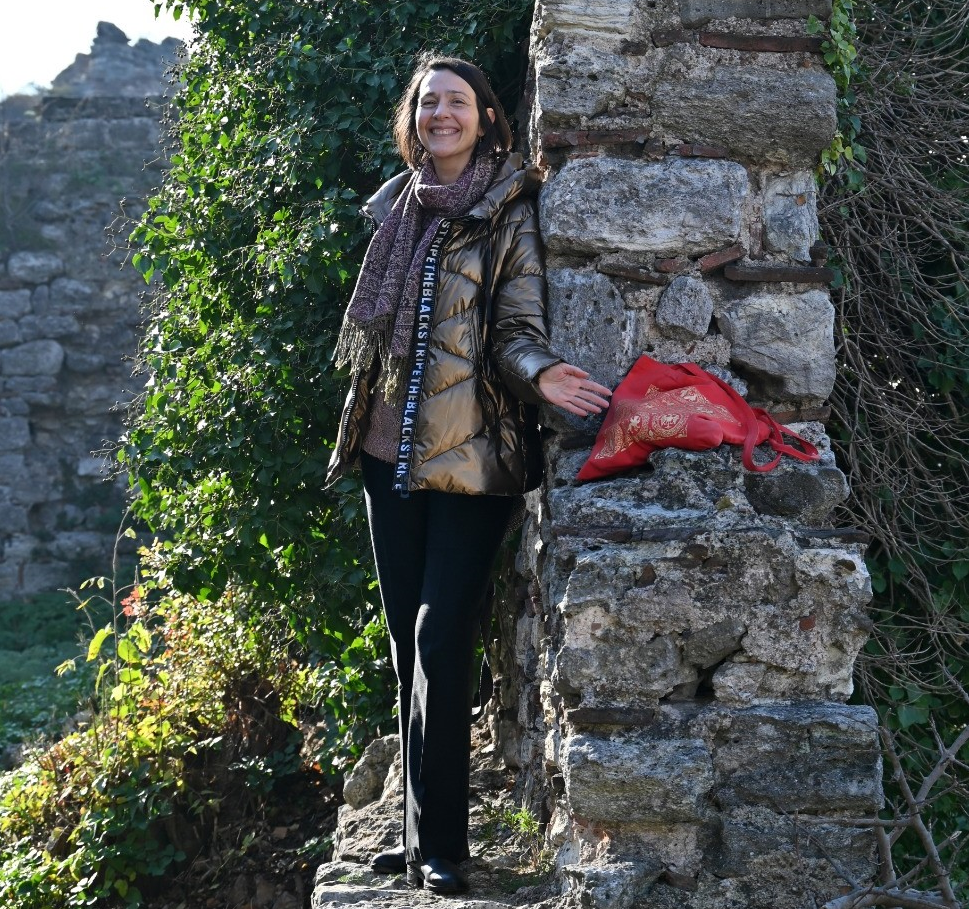
Ivana Jevtić
Ivana Jevtić studied art history at the University of Belgrade and completed her doctorate studies at the University Paris 1 Panthéon-Sorbonne and the University of Fribourg. She taught at the University of Fribourg and, since 2010, at Koç University (Istanbul). She explores the reception of the antique tradition in Byzantine mural paintings, the development of the narrative mode in Late Byzantine art and aesthetics, and the historiography of Byzantine studies. She also studies the phenomena of reuse (spolia), and the artistic and architectural development of late medieval art centers, especially at Constantinople.
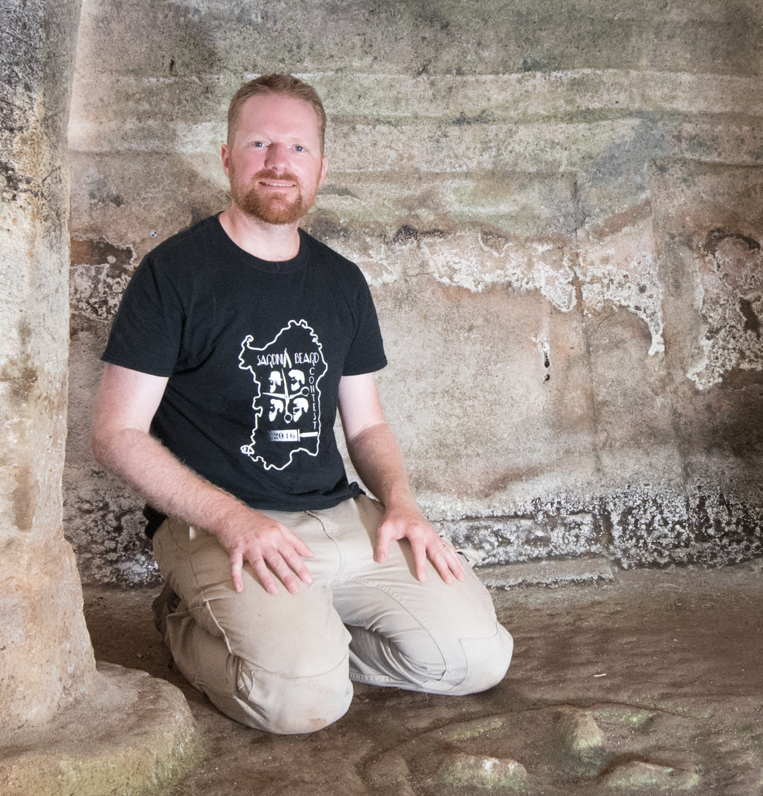
Guillaume Robin
Guillaume Robin holds a PhD in archaeology from the University of Nantes (2008) and joined the University of Edinburgh in 2014 where he is currently a senior lecturer in archaeology. His research focuses on Neolithic monuments, rock art and landscapes. He currently runs projects in Sardinia (Italy) looking at prehistoric rock-cut tombs and their relationships with the natural environment and archaeological settlements.
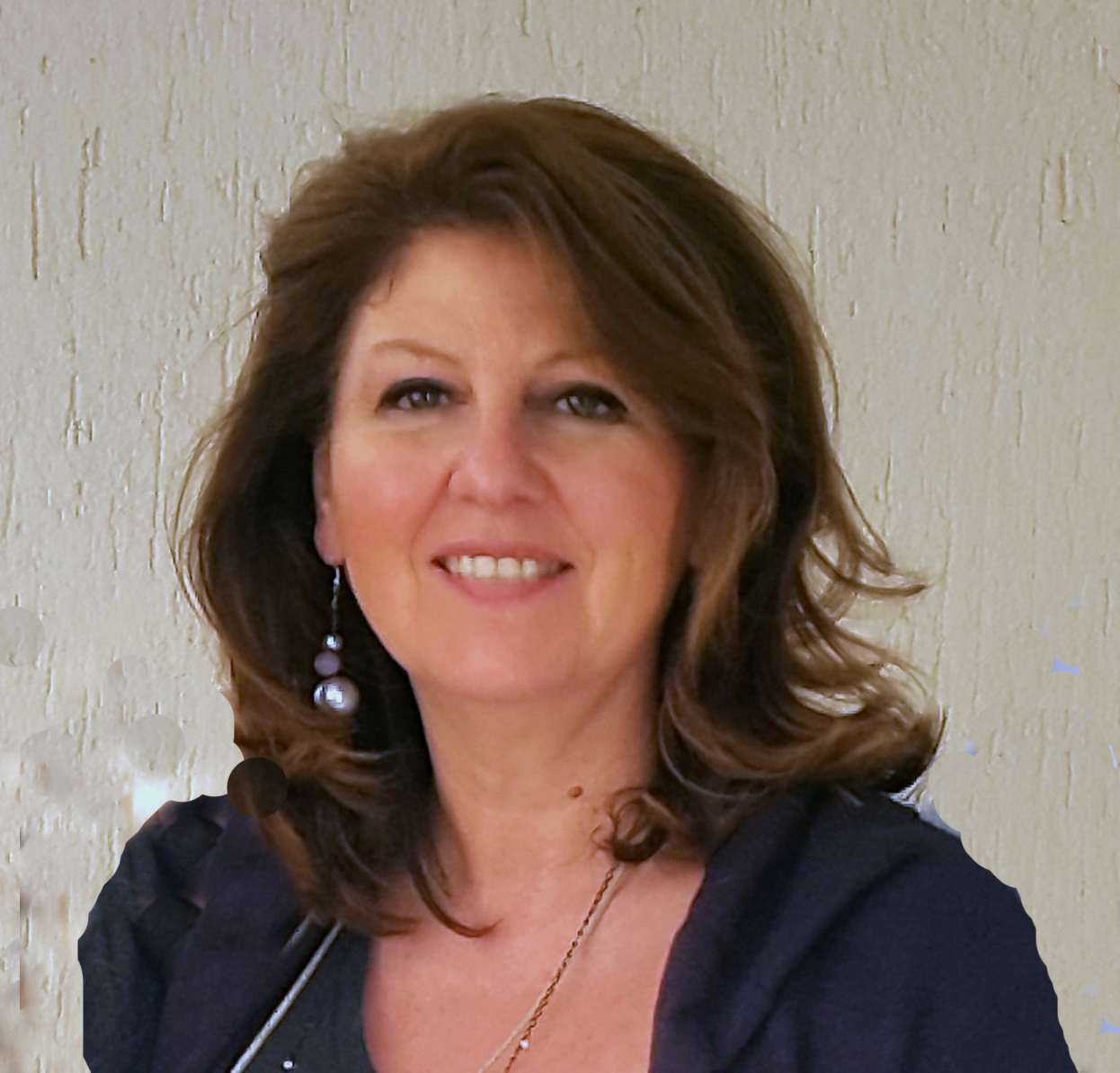
Francesca Sogliani
Francesca Sogliani is Professor of Christian and Medieval Archaeology at the Department of European and Mediterranean Cultures of the University of Basilicata where she is also the vice-coordinator of the International Master course in Archaeology and History of Art and the former Director of the Post-graduate University School of Archaeological Heritage in Matera. Francesca is the vice director of SAMI- the Italian Association of Medieval Archaeologists, she currently directs numerous archaeological excavations of fortified, monastic, rupestrian and urban sites in Campania and Basilicata. Her current research deals with late antique and medieval settlements in southern Italy, rupestrian settlements and the production and circulation of artefacts. Her interests also concern the enabling technologies for the knowledge and enhancement of archaeological and cultural heritage.
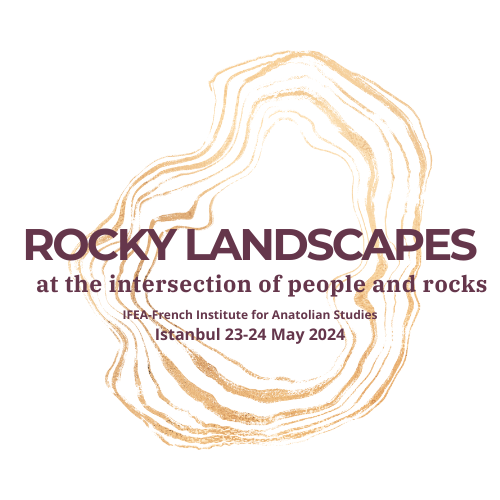
Günder Varinlioğlu
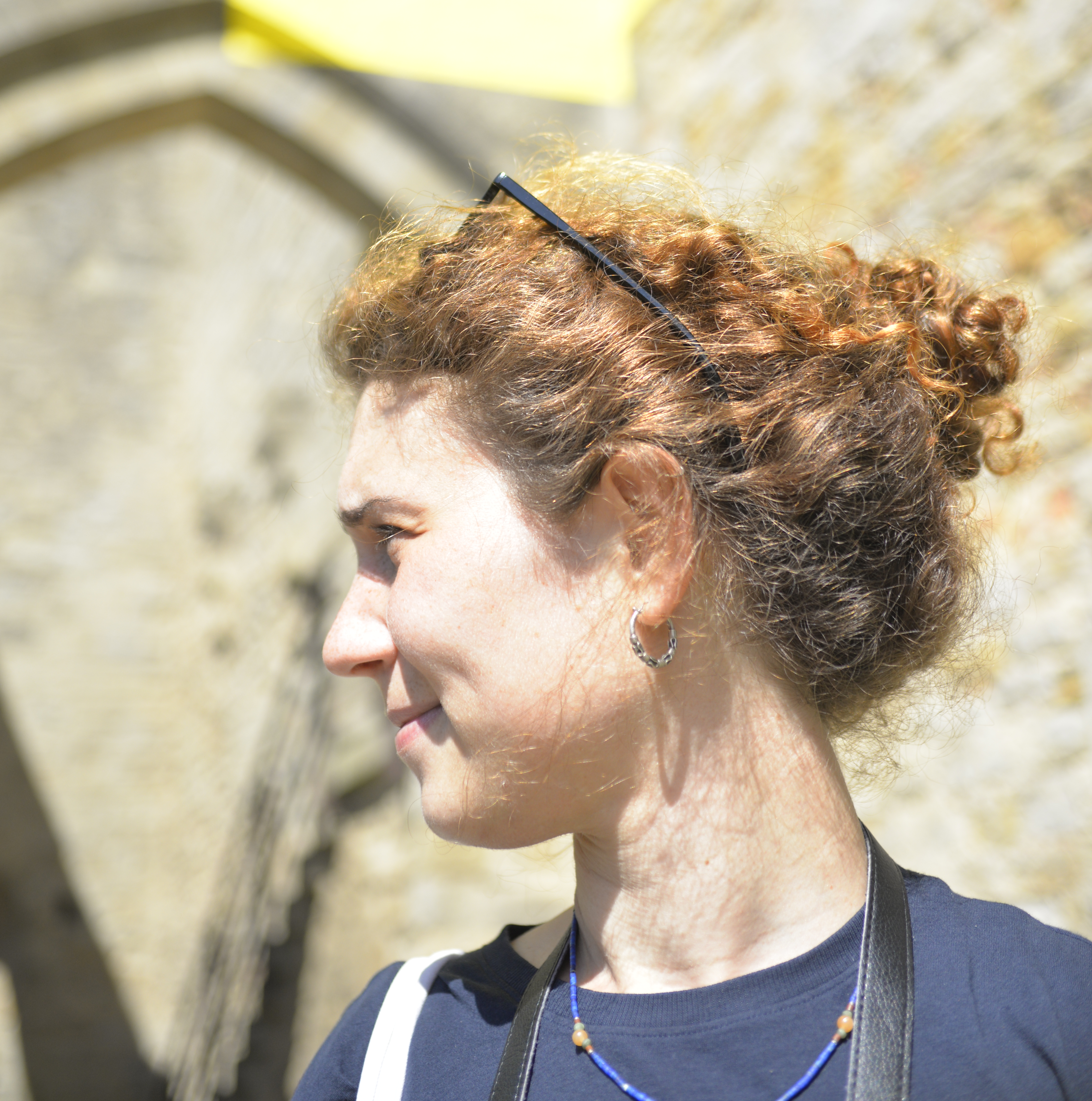
Claudia Sciuto
Claudia Sciuto is a research fellow in environmental archaeology at the University of Pisa. For years she has been working on the articulation of quarry landscapes and the extraction and use of stone in different contexts. A strong transdisciplinarity characterises her scholarly output. She has published several scientific contributions in which theoretical reflections and the application of earth science methods to the study of stone materials intersect. Presently, she is actively engaged in the ‘Forsaken Ecologies’ project, funded by PON REACT EU, with a primary goal of investigating instances of abandonment and resurgences within the Apuan Alps region from a more-than-human perspective.
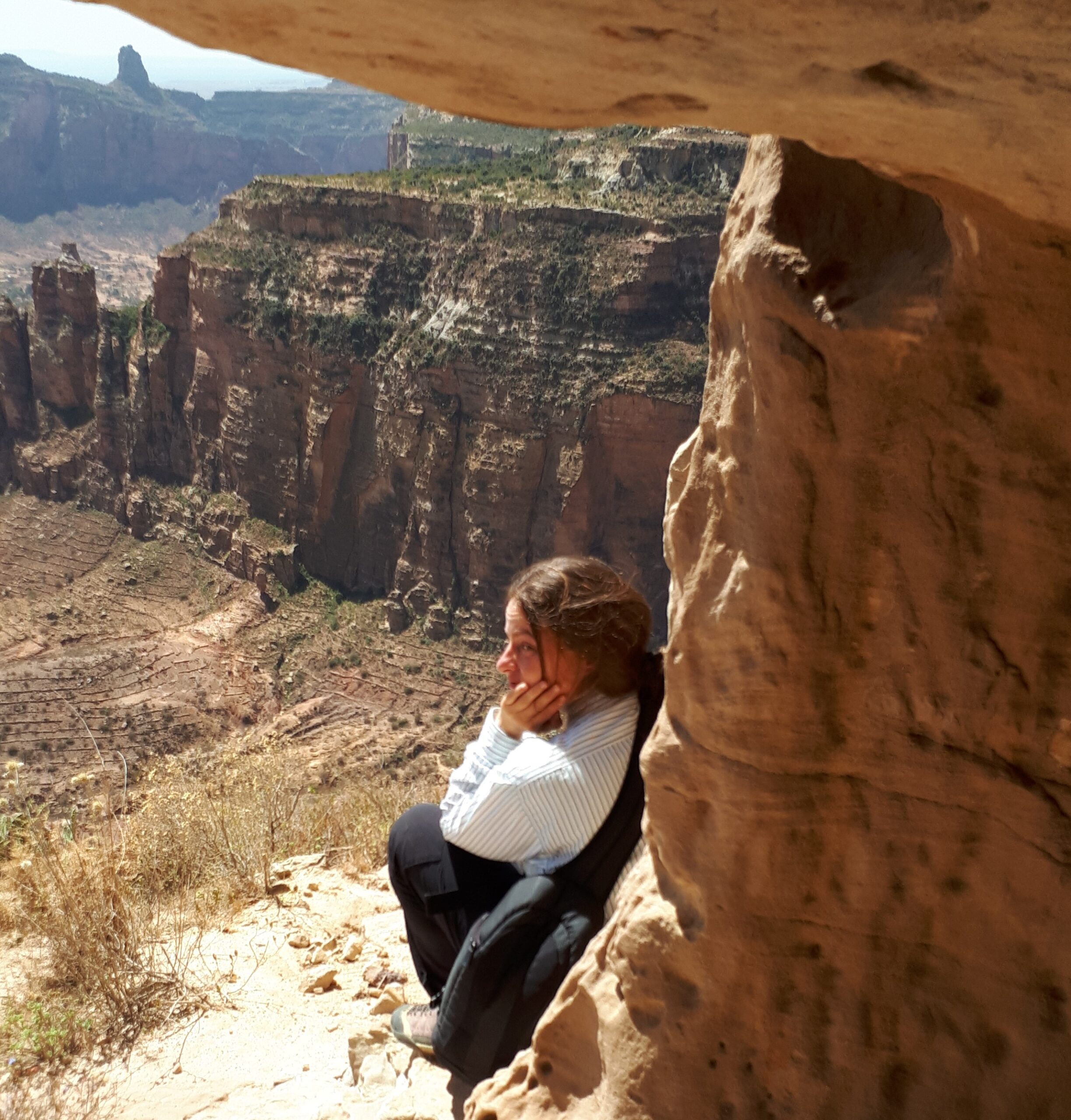
Anaïs Lamesa
Anaïs Lamesa (PhD) is an archaeologist. Her research is focused on the rock-cut structures and quarries. She is currently the head of the archaeological department at the French Institute for Anatolian Studies (Istanbul). In 2022, she has been awarded a UKRI Guarantee funding for Horizon Europe MSCA Postdoctoral Fellowships starting in September 2024 at the University of Edinburgh, School of History, Classics and Archaeology. Recently, she edited with K. Whitaker, G. Gattiglia, C. Sciuto & M.E. Porqueddu From Quarries to Rock-cut Sites. Echoes of Stone Crafting, the conference proceedings of which Rocky landscapes: at the intersection of people and rocks is the sequel.
